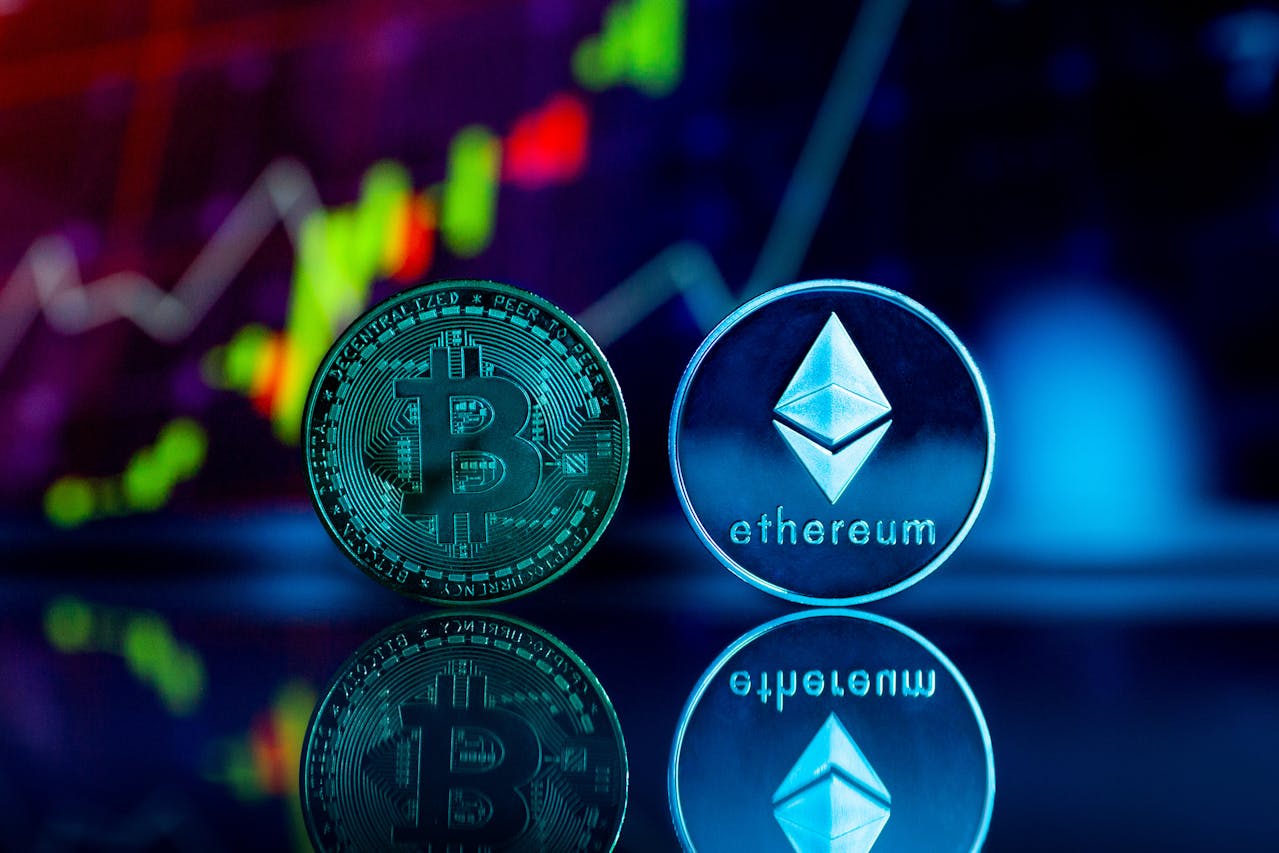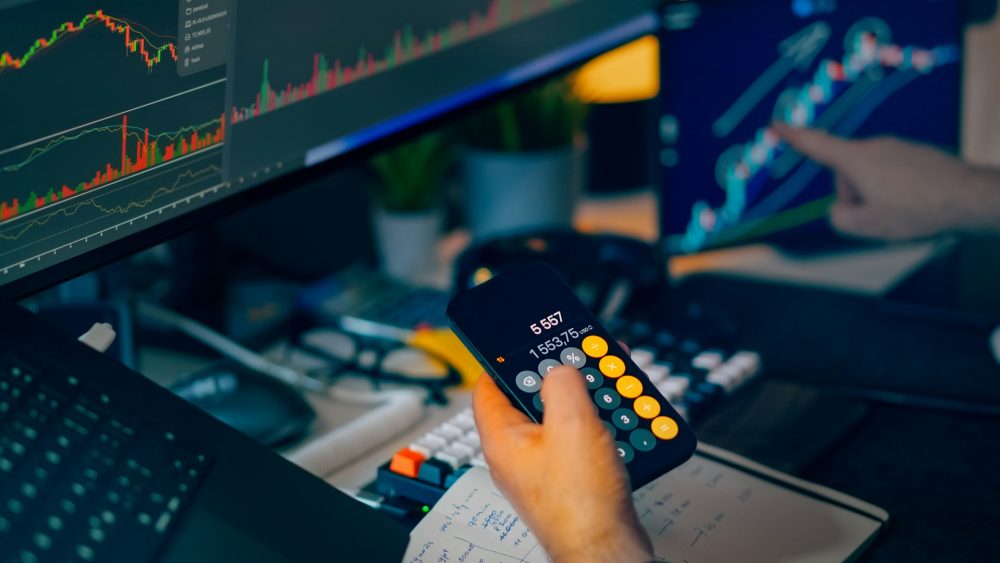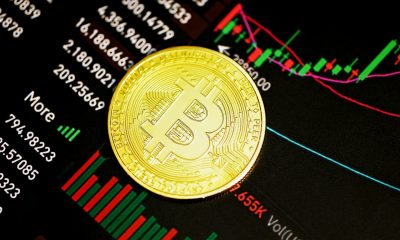Crypto
Bitcoin and Ethereum: The Two Most Important Crypto Assets in Daily Comparison
Bitcoin (BTC) has surged to over $67,000, mirroring 2021 highs, while Ethereum (ETH) struggles to break $3,000. Arthur Hayes, BitMEX co-founder, sees war-driven inflation boosting Bitcoin’s value. Ethereum futures pose risks of liquidation and price drops. Bitcoin ETFs show strong inflows, while Ethereum ETFs consolidate, reflecting ongoing trends in the crypto market.

The crypto markets are picking up, Bitcoin (BTC) as the leading currency is currently recording a 10 percent weekly increase. The number two, Ethereum (ETH), is also pleased with a 10 percent increase in 7 days. What are the differences?
At a good $67,000, Bitcoin (BTC) has currently reached price levels similar to those seen in the boom year of 2021. Its little brother Ethereum (ETH) is also feeling the upswing, but is struggling to break the striking mark of $3,000. The 2021 highs for Ethereum of over $4,000 are still a long way off for ETH. What are the prospects for Bitcoin and Ethereum, where are the risks?
Crypto celebrity Arthur Hayes focuses entirely on Bitcoin in his current forecast
The co-founder of the crypto exchange BitMEX sees monetary and global politics as a decisive factor for the future. “We know that war has an inflationary effect,” writes Hayes, “the US government will have to borrow money to sell bombs to Israel.”
From this he concludes “that Bitcoin will increase greatly, in fiat terms, as the war intensifies.” In this situation, Hayes once again sees Bitcoin as a store of value (“digital gold”). In times of crisis such as the Iranian Revolution of 1979, gold and comparable rare assets have proven themselves to be a good way to deal with inflation. Hayes only mentions Ethereum indirectly in his US-centric analysis.
When it comes to ETH, experts are focusing on derivatives. Ethereum futures are currently attracting very high funding rates of over 0.01 percent, as data from Coinglass shows. This also increases the risk that sudden price fluctuations in Ethereum will lead to the liquidation of positions worth millions in ETH futures and domino effects will set in, some traders believe. They recall August 2023, for example, when a similar situation suddenly sent the Ethereum price curve plummeting. However, Bitcoin has also had to contend with such dynamics in the past.
Bitcoin ETFs a success story – Ethereum ETFs consolidate
It is undisputed that the crypto ETFs that were only approved this year in the USA reflect trends. Here, too, there are clear differences. According to SoSo data, the Bitcoin ETFs that have been trading for ten months have now led to a good $20 billion in capital inflows for BTC and are showing great strength this week with an average of around $400 million in deposits per day.
The Ethereum ETFs, on the other hand, have only been listed on the US stock exchanges since July and SoSo has counted a total of around $500 million in capital outflows since then. This is mainly due to Grayscale’s Ethereum ETF, which was previously a closed-end fund and only now allows profits to be realized easily.
But the signal from the Ethereum ETFs is still influenced by this for the time being. For the Bitcoin ETFs, it took months to digest the capital outflows from the Grayscale BTC ETF of around $20 billion.
Conclusion: Bitcoin currently lags behind Ethereum in terms of performance
Bitcoin is consolidating its position as the leading crypto currency, and in the US election campaign, candidate Donald Trump is praising BTC and seeing it as a symbol of innovative financial policy.
Ethereum lacks such an extra kick. Where ETH’s strengths lie, such as decentralized finance (DeFi), cannot be communicated as clearly as Bitcoin’s “inflation protection”. Ethereum has not yet been able to boast of model investors such as MicroStrategy with its Bitcoin strategy. In the short and medium term, Bitcoin is therefore likely to determine the trends on the crypto markets, while Ethereum is still looking for its momentum.
__
(Featured image by Jonathan Borba via Pexels)
DISCLAIMER: This article was written by a third party contributor and does not reflect the opinion of Born2Invest, its management, staff or its associates. Please review our disclaimer for more information.
This article may include forward-looking statements. These forward-looking statements generally are identified by the words “believe,” “project,” “estimate,” “become,” “plan,” “will,” and similar expressions. These forward-looking statements involve known and unknown risks as well as uncertainties, including those discussed in the following cautionary statements and elsewhere in this article and on this site. Although the Company may believe that its expectations are based on reasonable assumptions, the actual results that the Company may achieve may differ materially from any forward-looking statements, which reflect the opinions of the management of the Company only as of the date hereof. Additionally, please make sure to read these important disclosures.
First published in BLOCK-BUILDERS.DE. A third-party contributor translated and adapted the article from the original. In case of discrepancy, the original will prevail.
Although we made reasonable efforts to provide accurate translations, some parts may be incorrect. Born2Invest assumes no responsibility for errors, omissions or ambiguities in the translations provided on this website. Any person or entity relying on translated content does so at their own risk. Born2Invest is not responsible for losses caused by such reliance on the accuracy or reliability of translated information. If you wish to report an error or inaccuracy in the translation, we encourage you to contact us

-

 Crowdfunding2 weeks ago
Crowdfunding2 weeks agoGörlitz Christmas Crowdfunding Campaign Exceeds All Goals
-

 Markets6 days ago
Markets6 days agoMarkets Rise as Global Risks Mount
-

 Cannabis3 days ago
Cannabis3 days agoPoland’s Justice Ministry Weighs 10-Gram Cannabis Threshold Without Parliamentary Vote
-

 Crypto2 weeks ago
Crypto2 weeks agoGoldman Sachs Upgrades Coinbase, Citing Strong Growth Outlook

























